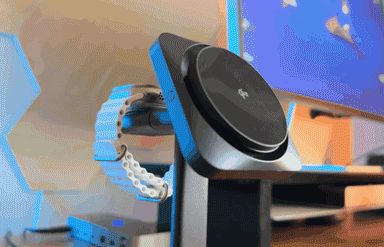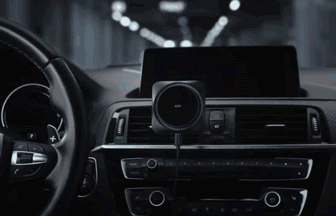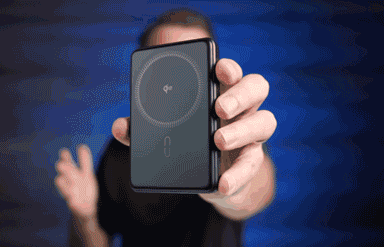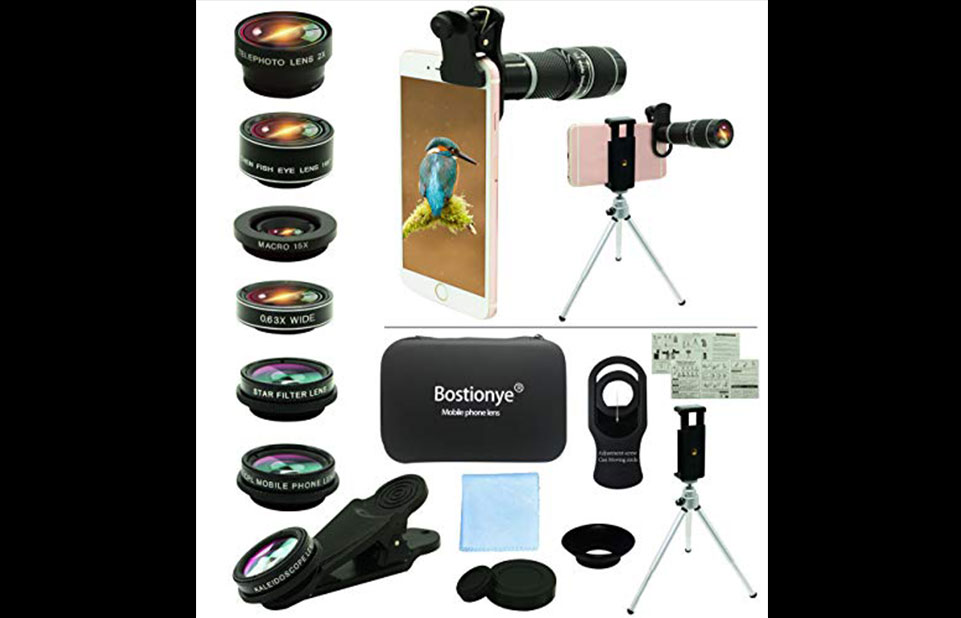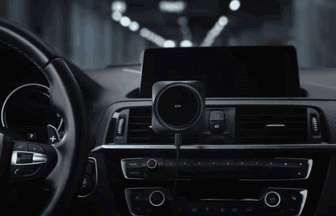Is iPhone 16 a better deal compared to Pro and Pro Max?

The iPhone 16 series has been out for a couple of months now, and the excitement around its new features has settled into a more practical question: Is it really worth upgrading? With the iPhone 16 and iPhone 16 Pro series offering significant enhancements in camera technology, performance, and display quality, it’s time to ask if these improvements justify the investment in today’s financial landscape.
As many of us continue to manage our budgets, are the incremental upgrades enough to warrant an early upgrade, or should you hold off until the next iteration? Let’s take a closer look at the key changes in the iPhone 16 series to help you decide if it’s the right time to make the leap—or if it’s better to wait a little longer.
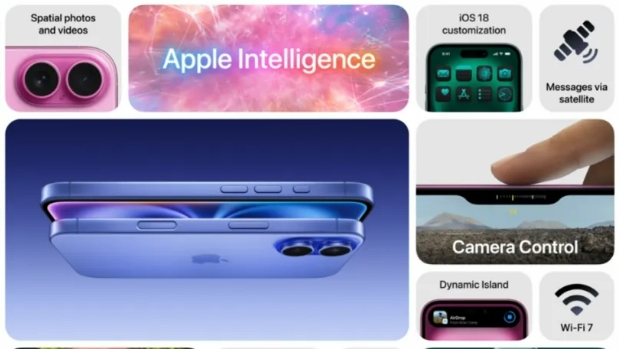
iPhone 16 & Plus
Let’s not waste any time—let’s dive straight into what’s new with the iPhone 16 series!
The iPhone 16 not only includes the Dynamic Island and Action Buttons, but also features a new Camera Control Button. On paper, the only real difference between the regular iPhone 16 and the Pro is just one less GPU core, making this the closest the base iPhone has ever come to the Pro models.

Starting with the design, the iPhone 16’s colors are slightly more vibrant than last year. In addition to the classic black and white, you now have pink, teal, and ultramarine

Wait, what? Ultramarine?
Aside from the colors, the iPhone 16’s camera lenses are now vertically aligned—a change from the abstract diagonal arrangement we've seen previously. This isn’t just for aesthetics either; it allows for the iPhone 16 to shoot spatial videos, requiring the collaboration of both cameras.
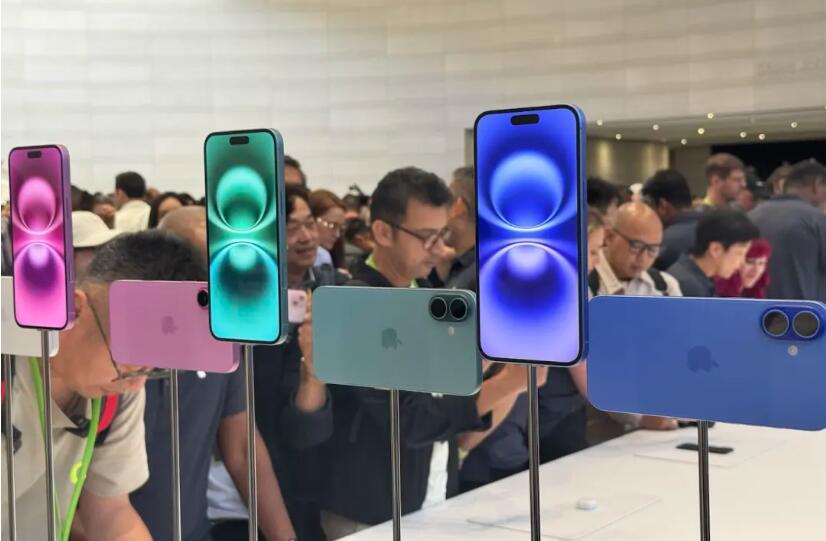
The ultra-wide camera has been upgraded to a larger 12 MP sensor, and the main camera now sports a 48 MP fusion sensor, meaning 2x crop zoom shots will come out much sharper.
But what really caught my attention is the new capacitive button, which Apple calls the Camera Control.
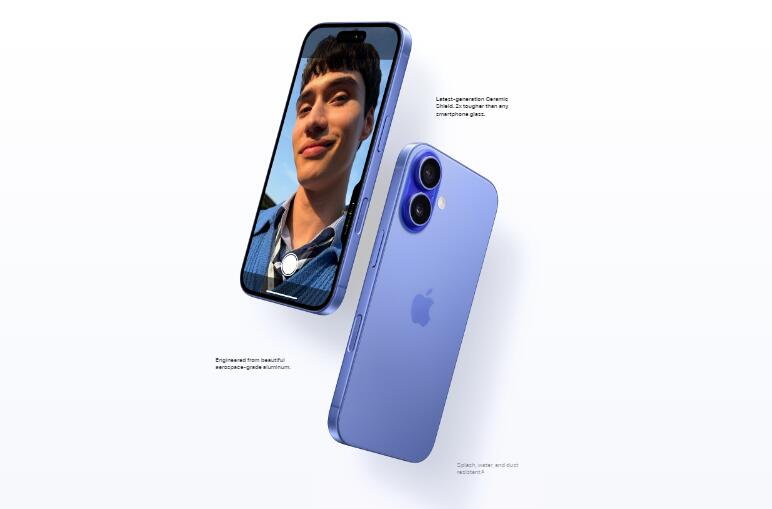
Think of it as a more intelligent shutter button. It goes beyond just taking pictures; it allows for zooming with a swipe and switching functions with a tap.
From our hands-on experience, the new button feels intuitive. A single tap opens the camera, and you can long-press to start recording video, then release to stop. Double-tap opens a function menu, and you can swipe through and confirm with a press—it’s surprisingly easy to get used to.
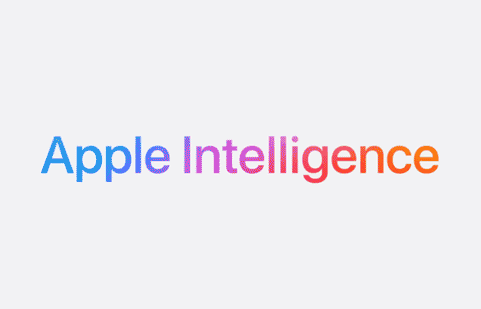
It also integrates with Apple’s AI to quickly launch the camera and identify what you’re pointing at, like nearby restaurants. Basically, a smarter version of image search.
This feels somewhat like Samsung’s Bixby Button from a few years ago...
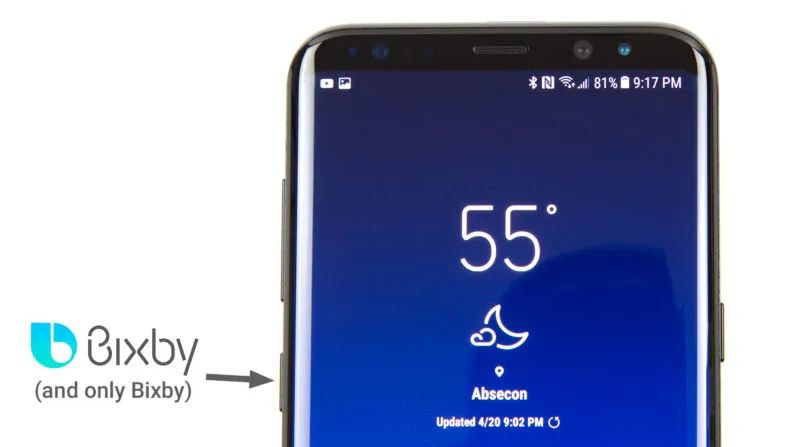
As for the processor, the iPhone 16 skips the A17 and jumps straight to the A18, featuring a 16-core NPU, 6-core CPU, and 5-core GPU. In Apple’s words, it’s "so fast, it has no competition."
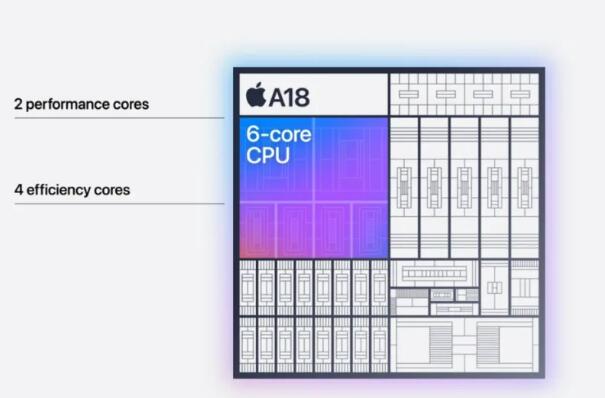
In the past, I’d have had no doubts about Apple’s chips, but with Qualcomm and MediaTek making strides recently, with some benchmarks showing them pulling ahead, the A18’s performance might be up for debate this year.
After all, Qualcomm’s Snapdragon 8 Gen 4 and MediaTek’s Dimensity 9400 are both dropping next month…
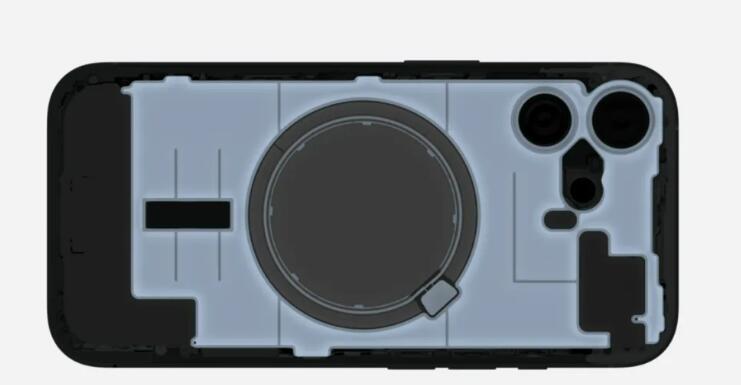
Apart from camera and processor upgrades, Apple made a surprising move: the iPhone 16 now features enhanced cooling.
And they didn’t miss the chance to mention environmental responsibility while discussing this.
C’mon, Apple. Android has had advanced cooling for years. Gaming at less than 60fps is embarrassing on that side of the aisle—you’re only just catching up now?

Oddly enough, during the presentation, they showcased Wuthering Waves, a game notorious for poor optimization, and even high-end Android devices struggle to maintain 60fps.
Once the phone is out, tech reviewers will definitely have a field day testing this.
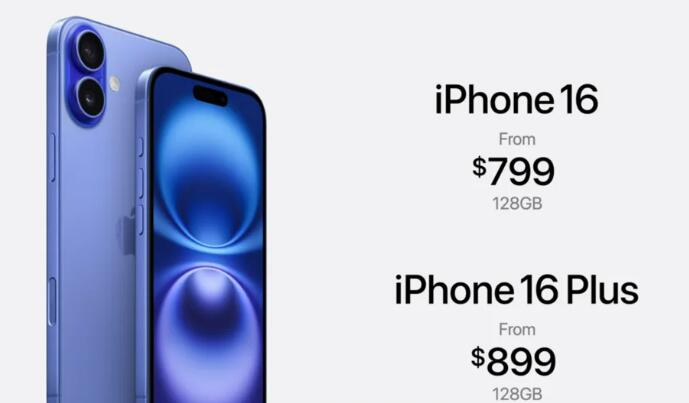
Other features like battery life, satellite communication, and Apple Intelligence (introduced months ago) were mentioned but glossed over, so I won’t dwell on them either.
As for pricing, the iPhone 16 starts at $820, and the iPhone 16 Plus at $899, both starting with 128GB of storage.
Here’s where things get a little absurd: not only are they still starting at 128GB, but both models also stick with 60Hz displays.
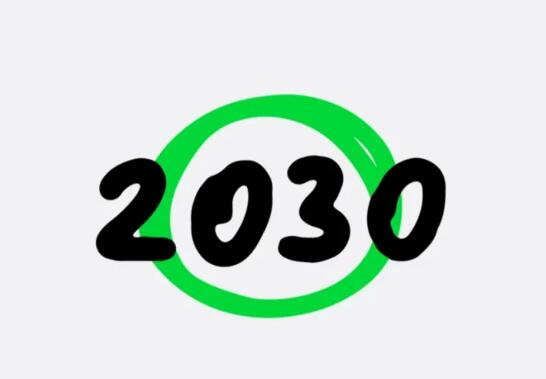
I wouldn’t be surprised if, even by 2030, when Apple achieves its much-touted carbon neutrality, the iPhone 22 is still rocking a 60Hz screen.
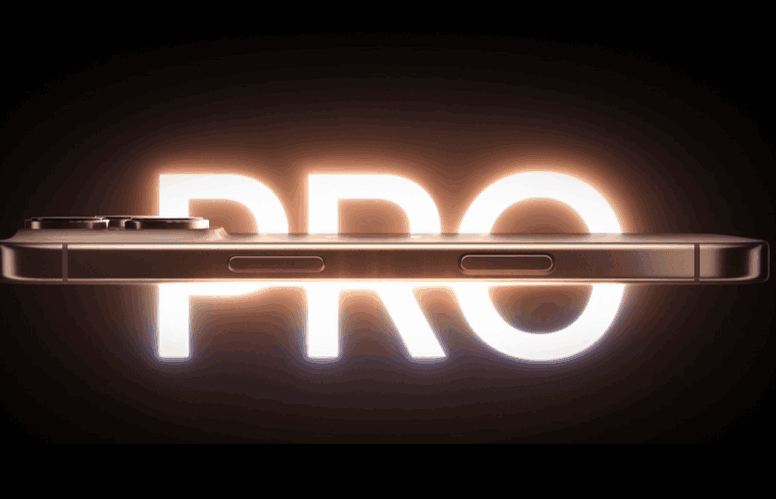
iPhone 16 Pro & 16 Pro Max
Now, let’s talk about the iPhone 16 Pro series. First, here’s a quick summary:
Apart from size, the Pro and Pro Max models are nearly identical. Their video capabilities are incredible, and honestly, only pro-level content creators will fully utilize the new features.
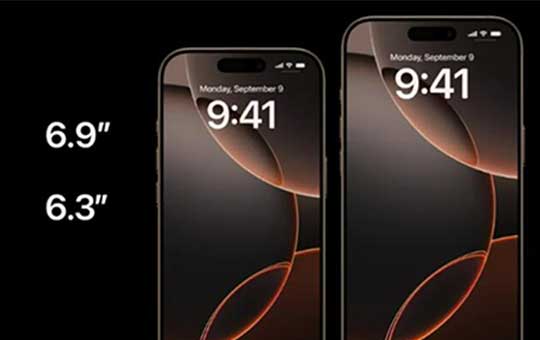
The Pro model's display size has increased from 6.1 inches to 6.3 inches, while the Pro Max has grown from 6.7 to 6.9 inches.
I was a bit surprised by the 6.9-inch display, as even some of the largest Android flagship phones max out at around 6.8 inches. However, thanks to the smaller bezels, the difference in overall size is barely noticeable.
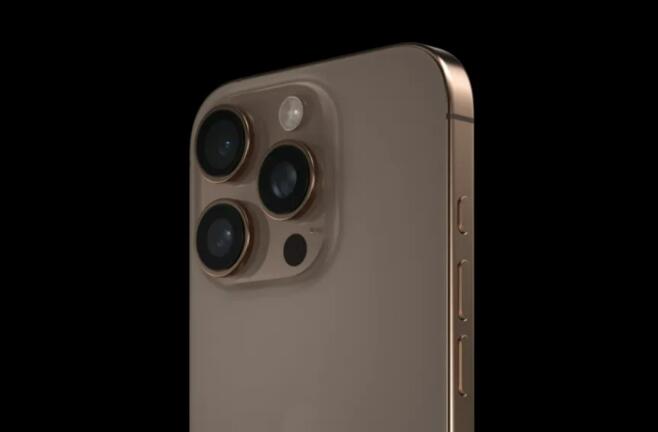
The biggest visual change in the iPhone 16 Pro is the addition of a new Desert Titanium color.
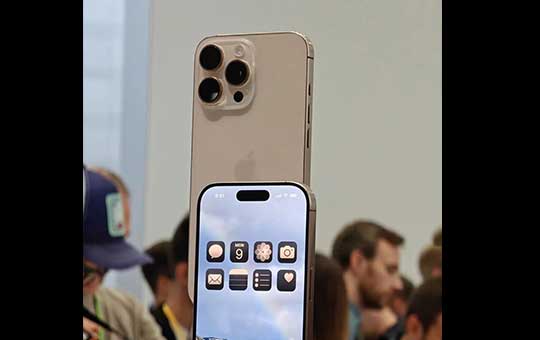
Wait, wasn’t this just the gold trend from a few years ago? Looks like Apple is trying to revive that “luxury” appeal.
However, based on hands-on impressions, this Desert Titanium shade is much subtler in person, with a refined texture—definitely not as flashy as the old gold.
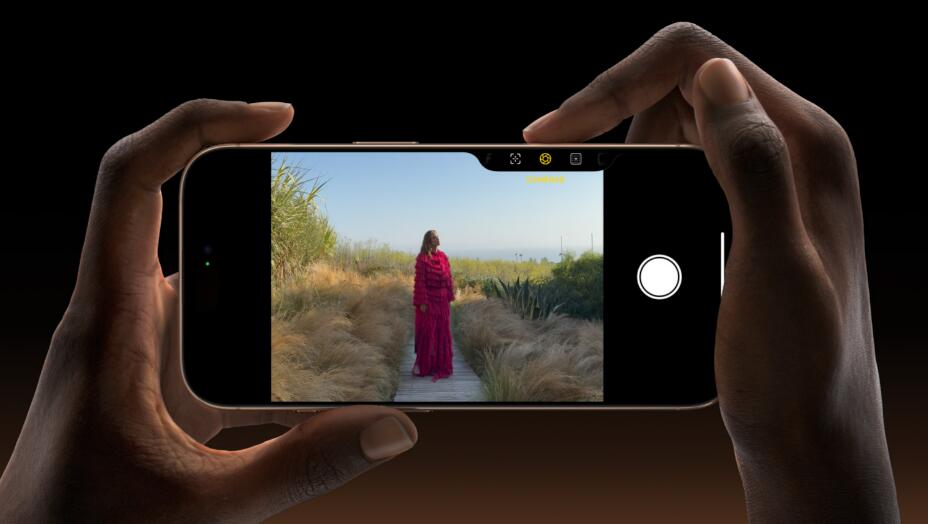
Of course, the Camera Control Button is also available on the Pro models.
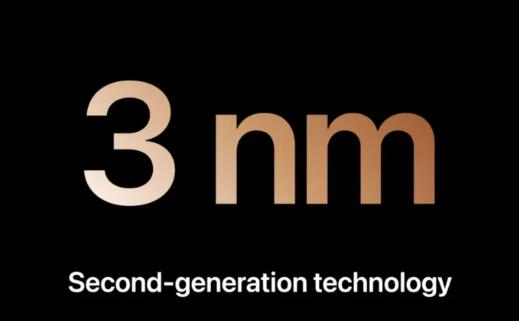
Under the hood, the iPhone 16 Pro is powered by the A18 Pro chip, utilizing second-generation 3nm technology. It’ll be interesting to see how much this improved over the first-gen 3nm from last year.
Speaking of last year, the A17 Pro chip, despite using the first-gen 3nm, led to battery life issues and increased heat. Hopefully, Apple has fixed these issues this time around.
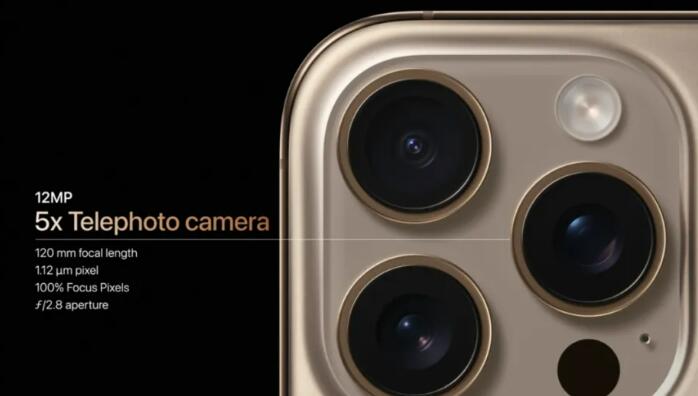
Last year, the Pro Max had a 5x zoom, while the regular Pro had 3x zoom. This year, both models feature a 5x telephoto.
However, the 5x zoom has its limitations. You can shoot from far away, but with a 120mm equivalent focal length, you’ll only use it for really distant subjects.
For comparison, the vivo X100 Ultra has a 3.7x zoom at an 85mm equivalent, and the Xiaomi 14 Ultra has two telephoto lenses at 75mm and 120mm—more versatile focal ranges.

As for photography, I’m not expecting much from the iPhone 16. Apple’s aggressive sharpening tends to make photos look more like engraved prints, as my colleague Aka would say.
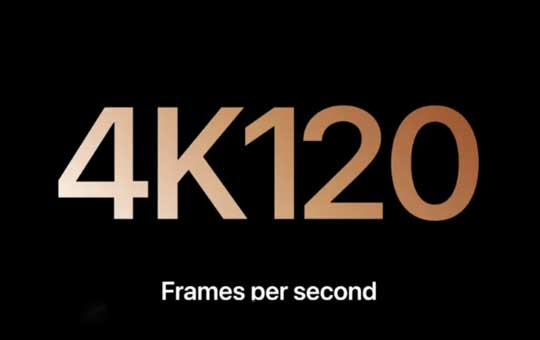
However, video recording is where Apple reigns supreme. The ability to record 4K 120fps in Dolby Vision HDR / ProRes is something Android still struggles to match.
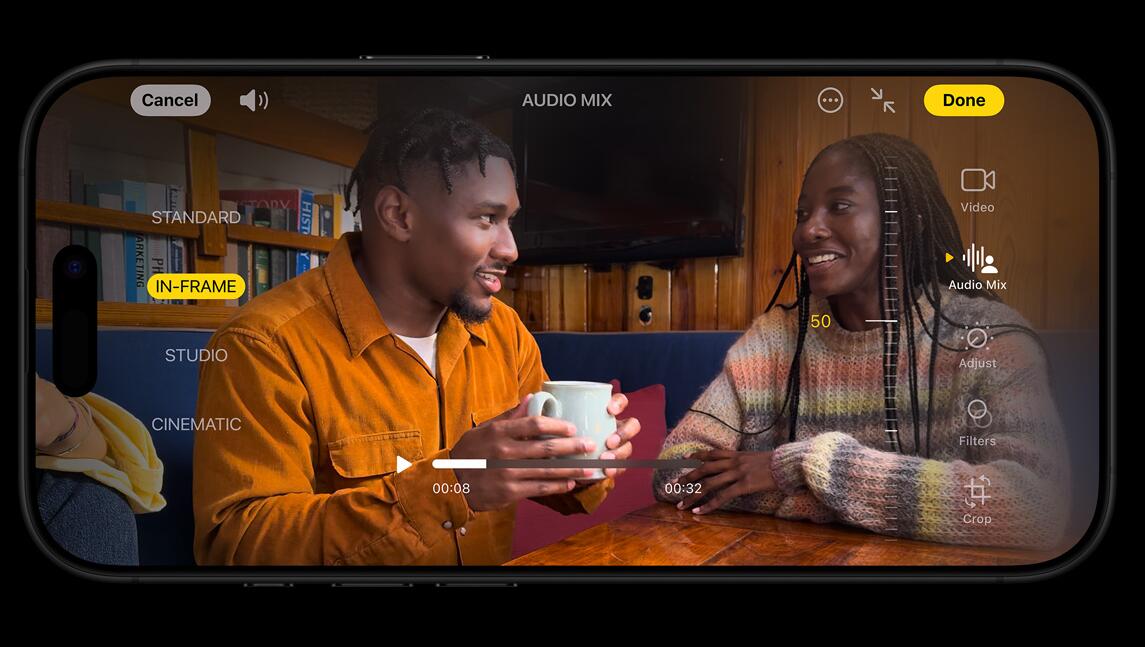
But Apple didn’t stop there. The iPhone 16 Pro also introduces advanced audio mixing features.
You can now separate vocals from background music and adjust audio levels post-recording. It’s almost like having a professional mixing studio in your pocket.
For small content creators or indie filmmakers, this means you no longer need a boom mic operator—the iPhone handles it all.
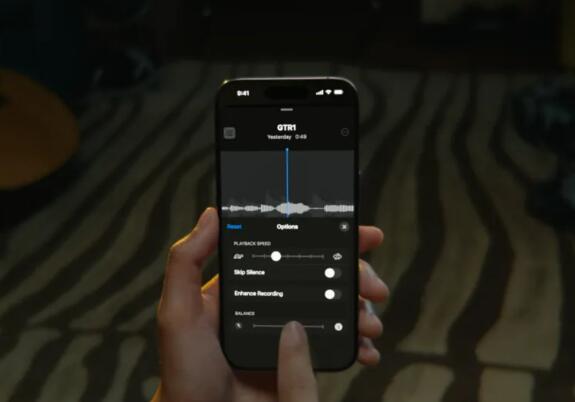
Even if you’re a budding musician, the iPhone 16 Pro lets you record vocals with spatial audio without needing headphones. The phone will separate the vocals and automatically mix them with the background music.
This is likely thanks to its four microphones and Apple’s extensive expertise in spatial audio.
Last year, Android flagship phones started closing the gap on iPhone’s video capabilities, but this year’s iPhone 16 Pro series has once again widened the gap.
However, it’s still surprising to see such a discrepancy between photo and video quality on the same flagship phone.
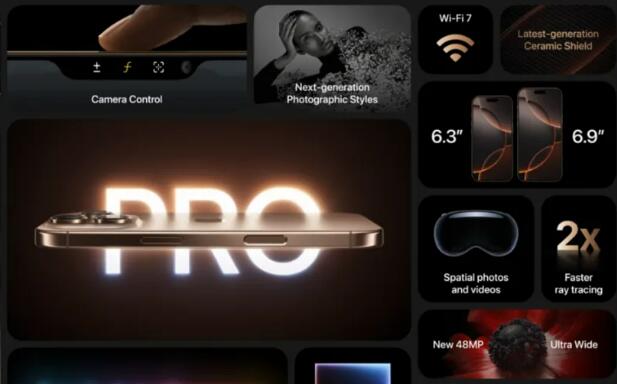
As for charging and battery life, Apple was vague as usual. It’s probably still 27W charging, with slight improvements in battery life—a standard yearly upgrade.
Apple’s much-hyped Apple Intelligence features will launch in beta next month, but only in English.
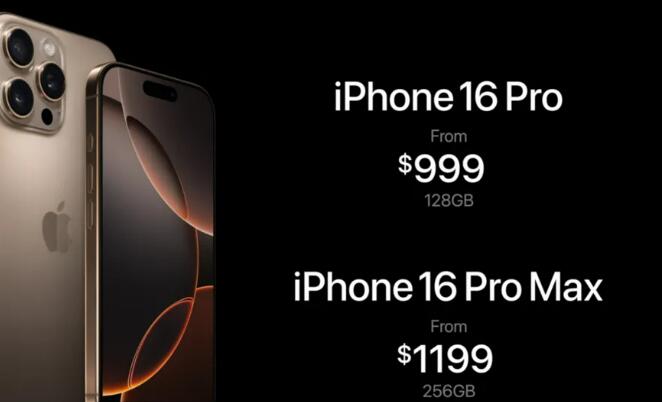
As for pricing, the iPhone 16 Pro starts at $999 for the 128GB model, and the iPhone 16 Pro Max starts at $1,199 for the 256GB model.
It’s 2024, and yet Apple still offers a 128GB option for $1,199—which feels a bit… abstract.
In summary, the iPhone 16 Pro series leans heavily into its strengths, pushing video recording to unprecedented levels for a mobile device.






